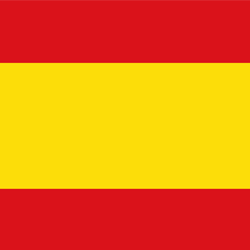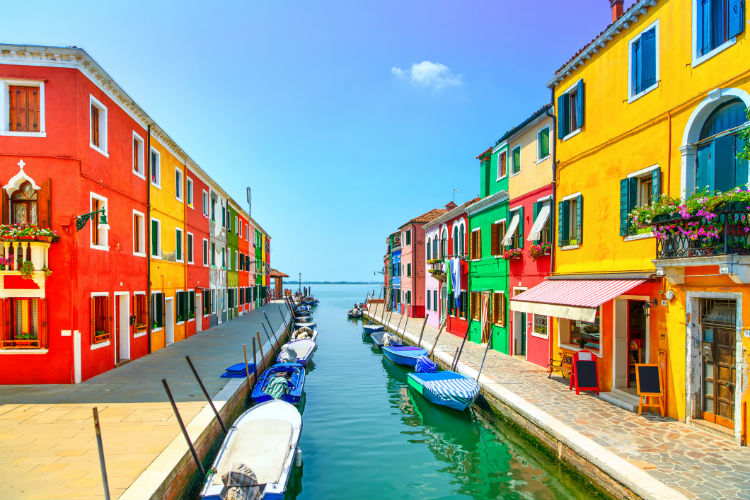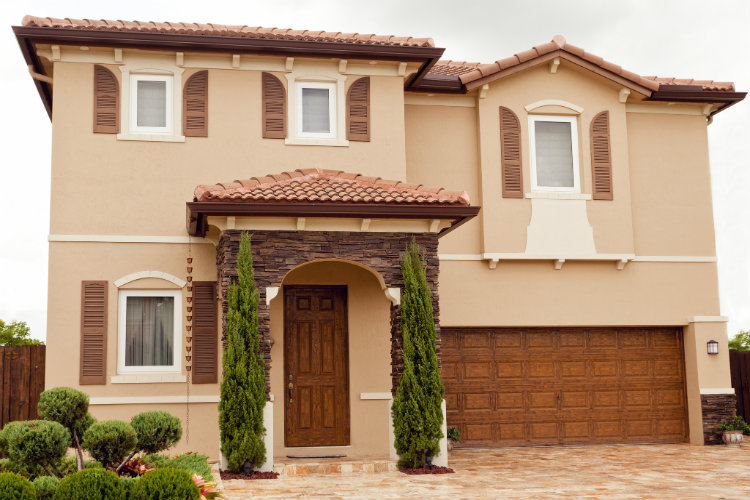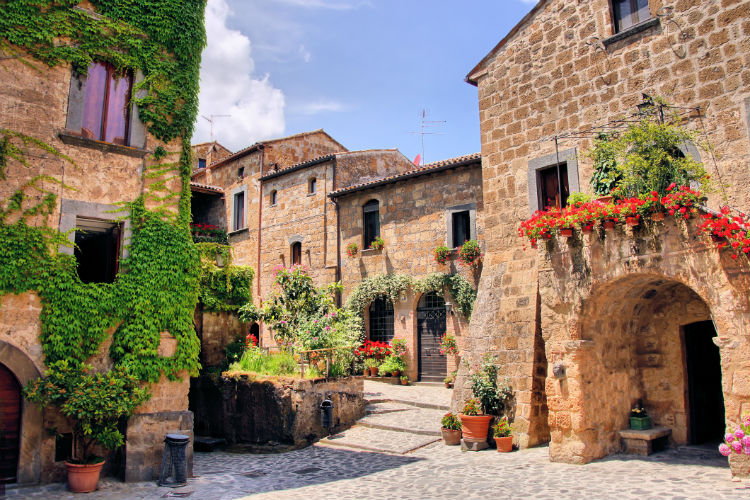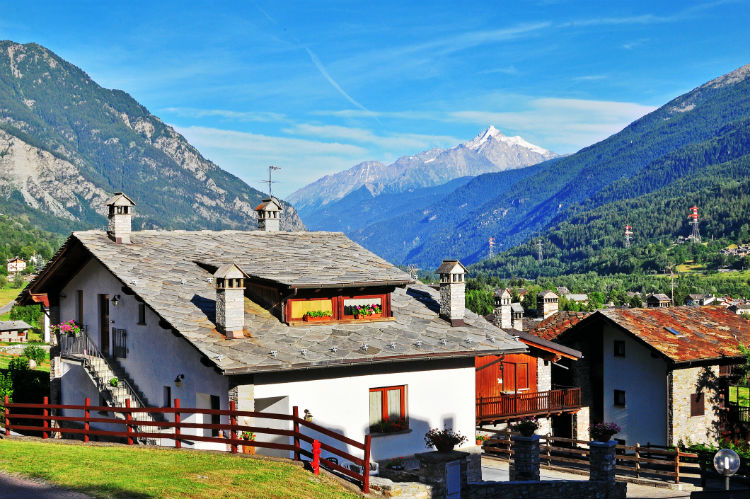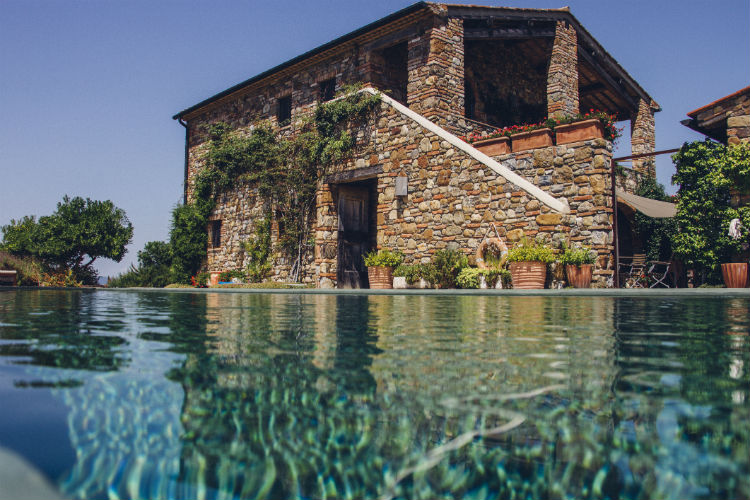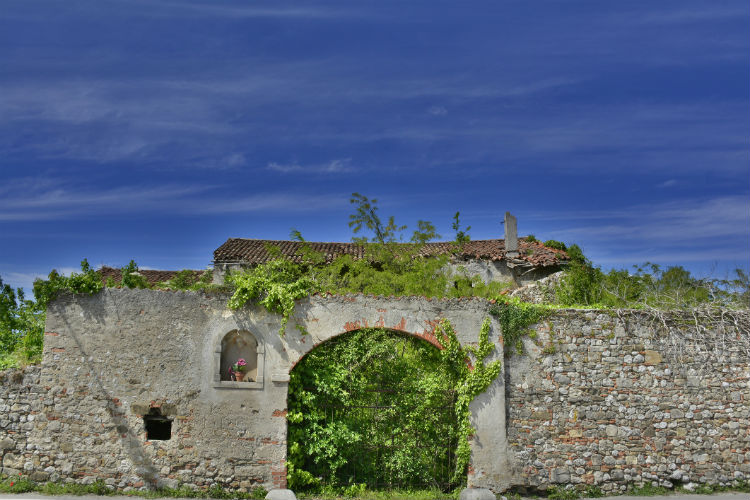With a temperate climate, picturesque coastlines and cuisine to die for, Italy has a lot to draw UK expats.
If you’re thinking of moving to Italy, it’s time to get to grips with the different types of property in the nation, from chic apartments in Rome to one of the stacked houses on the Amalfi Coast.
Starting off with a classic, Italy’s ‘Mediterranean style’ homes are some of the most easily recognisable, featuring smooth stucco walls, sheltered patios and red-tiled roofs.
As well as being ascetically appealing, Mediterranean style homes are also well designed for Italy’s climate. The iconic red tiles act as heat regulators during hotter months as they absorb a certain level of the outside heat to lower the temperature inside.
The economically-inclined can immediately see the benefit of this type of house – self-regulation of temperatures means less spent on air conditioning!
Expats looking to get in touch with Italy’s traditional past can try and track down a ‘Tuscan style’ home.
So-called because they originate from the postcard-perfect region of Tuscany on the west coast, this type of home wouldn’t look entirely out of place back in Italy’s Roman past.
They can have small interior courtyards and are often clad in plaster, with low roofs and earthy tones like browns and greens.
For those seeking a mountainside retreat, there’s always the option of looking in regions like the Aosta Valley, found in the very northwest of Italy on the border of Switzerland and France.
The Valley’s high-altitude homes include those of the ‘chalet’ style, with solid stone walls and high ceilings. Chalets are made to keep the cold out and the heat in, but are still equally habitable during the hot summer months.
If you don’t plan on staying in Italy all year-round, chalets can have the added benefit of being a source of income, as they can be rented out during your ‘away’ months.
When it comes to city living, apartments/flats are the most common choice. In inner-city areas, flats tend to be stacked above active places of business on the ground floor.
If you’re looking to get away from it all in splendid isolation, a villa might be just the ticket. Villas are effectively Italy’s versions of mansions, in some cases featuring swimming pools, vast acres of land, multiple bedrooms and three storeys.
Needless to say, villas aren’t cheap and some can be so large that you might need staff just to keep everything picture perfect!
Notably, modern Italian villas are considerably ‘blockier’ than their traditional predecessors, but there’s plenty of variety on offer either way.
If you want to pay less but don’t mind putting in more elbow grease, there’s always the option of finding an Italian ruin and doing it up.
These come in all shapes and sizes, from houses in villages that have fallen into disrepair to isolated farmsteads without roofs or windows.
Italy’s ruins may have been great homes once and could be again with the proper input – but you have to be prepared for the challenge!
We hope that you’ve been inspired by this run-through of the property on offer in Italy and if you ever wanted to know more about the nuances of Italian property, there’s always our dictionary of Italian property terminology.

